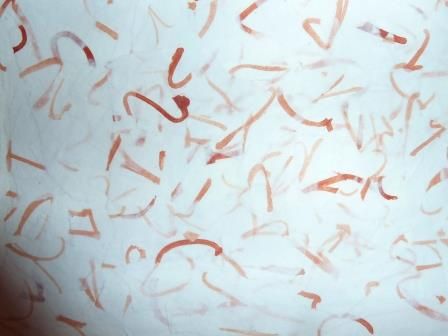Reading the intro to ‘Vitamin P – new perspectives in painting’ and I come across questions such as:
‘Where does conceptual art leave painting?
Does painting still have specific capacities of its own to discover and exploit?
So that set me and now I’m wondering – how can my practice be a part of the contemporary art conversation?
Well my answer is to go and see exhibitions by international artists that excite me. And I am enjoying this book enormously, even though I have only read a few pages. I have looked at Suzanne Mcclelland’s work (covered in the book) and then googled her and I am very excited at what she is doing. And I think, how come I haven’t found her before? (This may just be my gushing reaction to discovering a new artist I have something in common with)
She uses overheard snippets of conversation in her work. This is something I’d done in previous work – in a landscape sketchbook where I sketched the scene and noted down my observations and overheard conversations and written record of sounds and movement – typed those notes up and cut up into strips which formed fronds, partially covering the image. (Pic will accompany)
The influence on my work now is in my writing what i can hear in my current work on the fabriano paper. (I had begun to form some recognisable words in the work, but more my thoughts than the sounds I heard. Writing what I hear gets me closer to ‘listening’ and I haven’t known how I wanted to do this before now. (It has really helped to have a whole day to do my own thing – haven’t had that for 7 weeks! It’s all been in snatched periods)
I have previously considered working in different enviroments to see how listening in paint changes and now I can see I have something to get going with.
(Another thing I am currently drawn to going for walks after dark. The sounds are more intense and this could be a time to do more practical work.)








